The COVID-19 outbreak has had a crippling effect on the restaurant industry business. In restaurants across India, over the past few weeks, owners have gotten increasingly used to the sight of deserted halls and the soundtrack of total, eerie silence. In many eateries, there are no happy hours and no money flowing in; electricity has been switched off in the dining areas, casting a particularly dark, motionless shadow on what used to be a lively spot in the town.
The implementation of a countrywide lockdown by the Government of India has pushed businesses in a corner. Restaurants across the country had to adapt to restrictions such as delivery only; customers cannot dine-in, or will face total permanent closure. Select restaurants have adopted the cloud kitchen concept; with only a functional kitchen. They are focusing on food delivery to continue operations at some level.
But it doesn’t have to be as eerie as it sounds.
Transition time
For many, this sudden transition means an abrupt change of their modus operandi. Many restaurants are renegotiating terms with landlords and shifting into a revenue share model to survive. Many restaurants have gone back to the blackboard and started revamping their food menu; while some are scrambling to work out a deal with food delivery partners.
Menu Re-engineering –
- Shortlist the most popular/sought after items from the existing menu
- New items based on taste palette and local ingredients
The shortlisted items should be assessed based on required ingredients, their availability, prep-time, travel friendliness and delivery radius. This transition from dine-in to delivery can be extremely daunting, but the result can make a huge difference when it comes to bouncing back to business. It is essential to recognise the fact that this sudden change in model is a means to survive and not necessarily thrive.
The world is changing and with that comes along behavioural changes as well. This means the social norms are constantly evolving and undergoing change. And to be able to operate in a changing world, we need a revised operating model.
So how can we get cracking at a revised modus operandi?
Rearrange Dining Area Layout
Once this stringent lockdown is lifted, diners would want to experience what life was like before the onset of this fatal virus. This won’t be without caution and constant doubt. In such a scenario, it is important to share the precautionary measures being taken by your restaurants with the diners. One such measure is a limited seating capacity. Health advisory by WHO suggests people stay at least one meter away while socially interacting.
Rearrange your seating layout and maintain a 2-meter distance between tables to build confidence amongst diners and successfully cater to them.
Delivery only

Restaurants are a communal place for our society and provide entertainment to people from all walks of life. But not all restaurants can operate on limited seating arrangement only. In such cases, food delivery comes to the rescue. If running on usual business hours is not suitable, then restaurants can map out certain hours when the demand is high and operate during those hours. This will reduce nonessential operational cost. They can also anticipate demand, prepare a delivery-only menu and provide a wholesome meal to their diners stuck at home.
Additionally, staff members who were once servers could work as delivery agents and sustain their livelihood.
Curbside Service and Drive Through

Many popular food joints across India have been operating on this model. The food is delightful here, and that’s what the diners come for. One such example is Rajinder Da Dhaba in New Delhi. It has a dine-in facility, but even then diners park their cars outside and enjoy a good meal in their vehicles.
If your restaurant has an ample amount of parking space, utilise it by converting it into a drive-through or curbside restaurant facility. Prepare a parking space model for crowd control. And invest in new serving containers that fit this way of serving. In case of lack of space for curbside service, restaurants can also adopt a drive-through model where diners can place an order, pick and get going.
Food Trucks
In the recent past, this operating model has witnessed a lot of interest, especially within the food festival community. Now it’s time to revamp our modus operandi and join the game.
Once the lockdown is lifted, restaurants, especially with multiple outlets, can look to revise and adopt this. There are popular pockets in every city that have become a hub for people. One such spot is office spaces. There are plenty across our cities, and many working professionals scrolling through their Instagram looking at food.
The first place anyone will visit, post the lockdown, is their office and it is an opportune place for your restaurant to be. Reach your diners if they can’t reach you. Create meal packs in your kitchen, dispatch them to areas where the diners have easy access. And Voila!
While all of these are ways for your business to continue operations, it is also crucial to have a sound inventory management system that helps you avoid losses. This shift is necessary as the priorities for both diners as well as restaurants have changed now.
So, let’s get cracking!



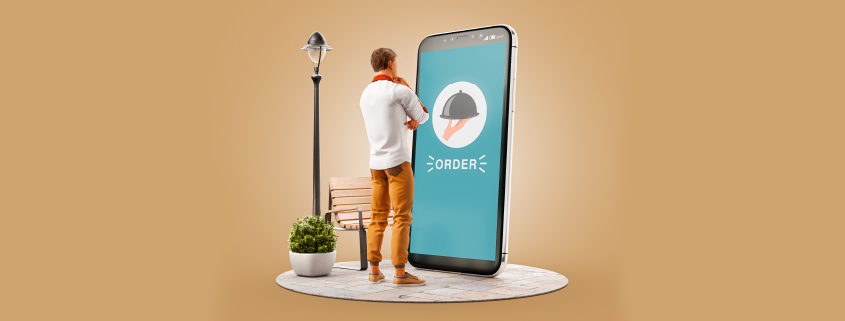
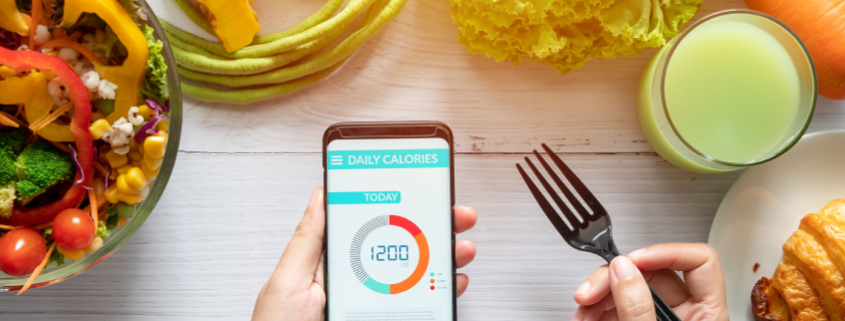
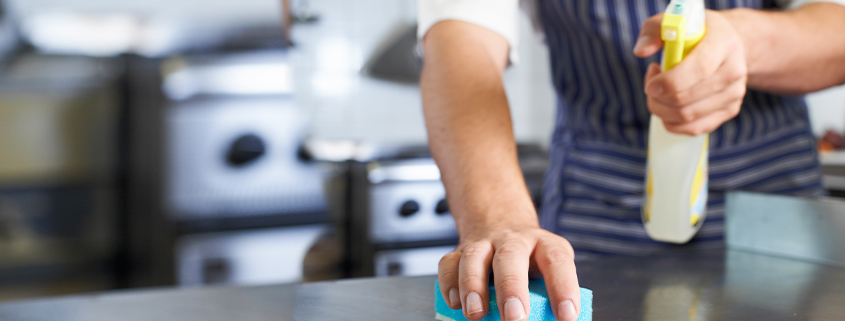

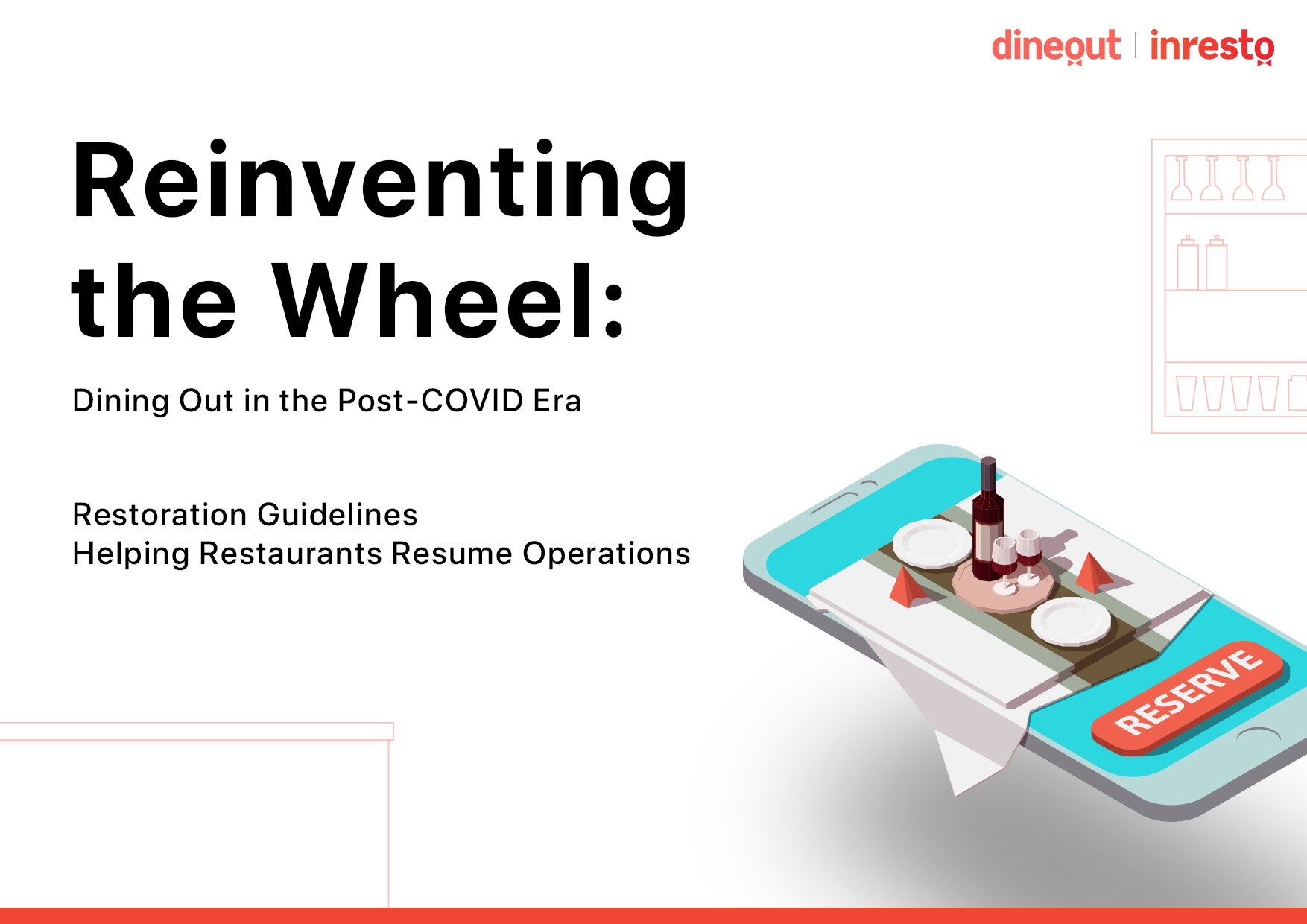
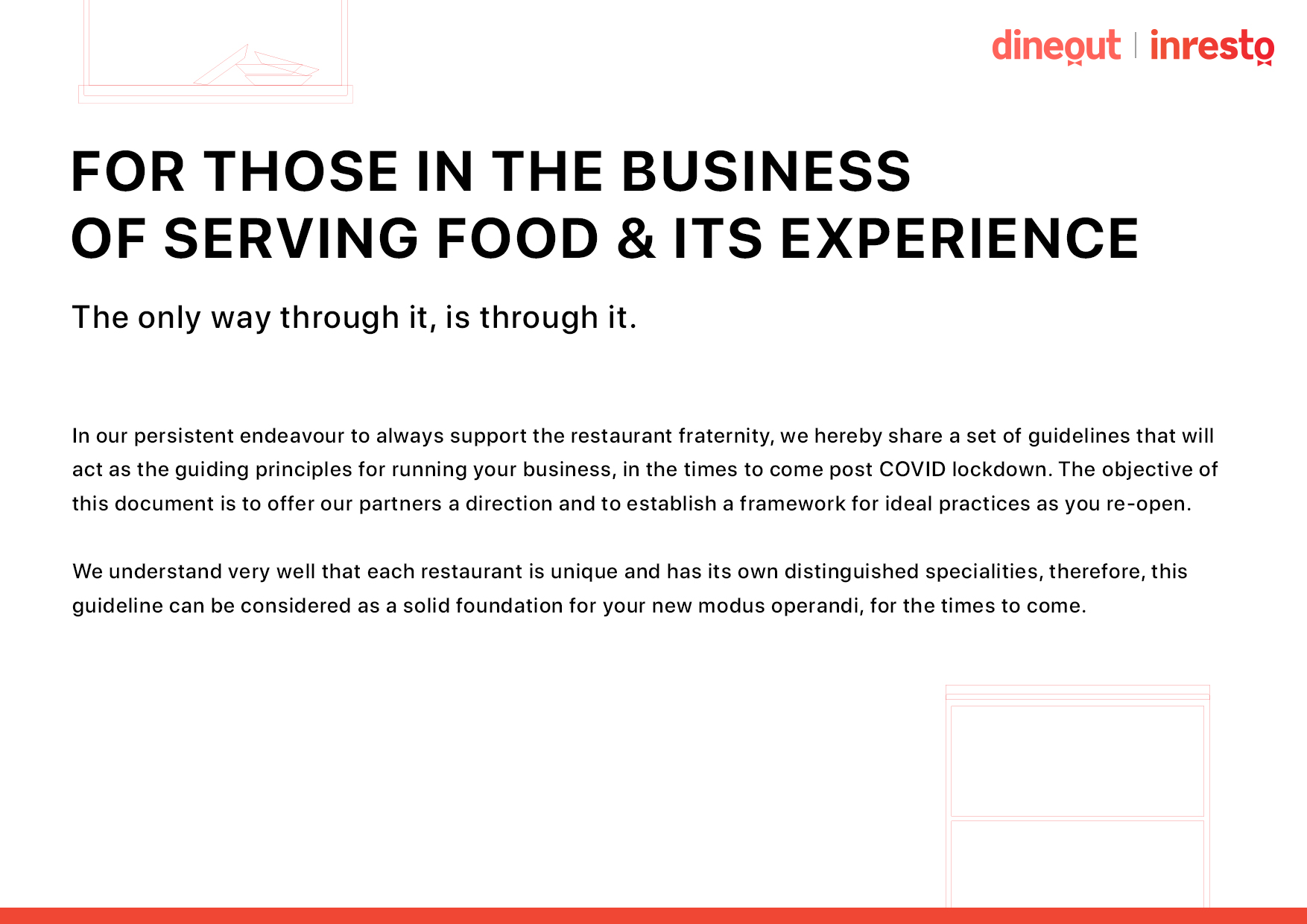


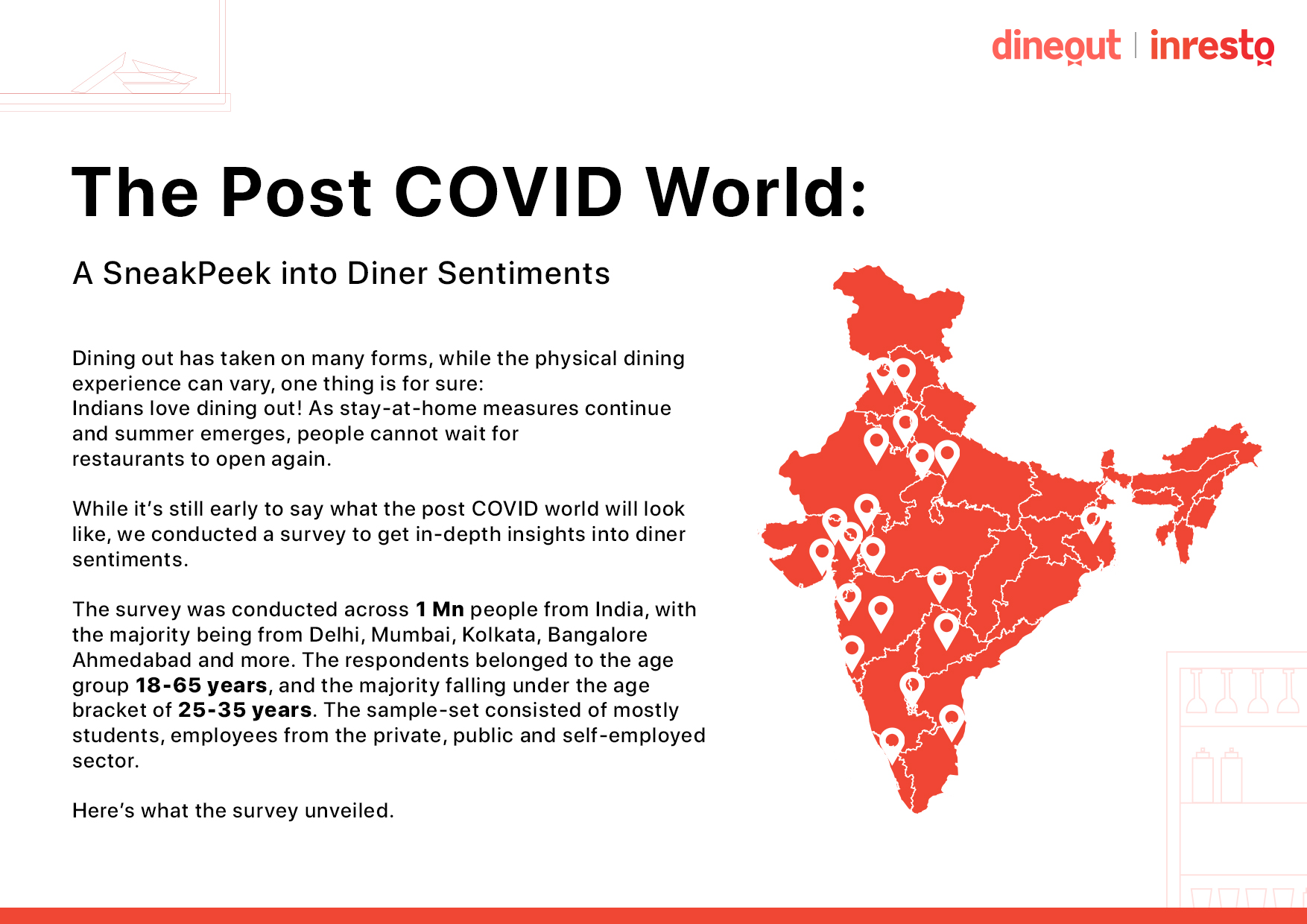


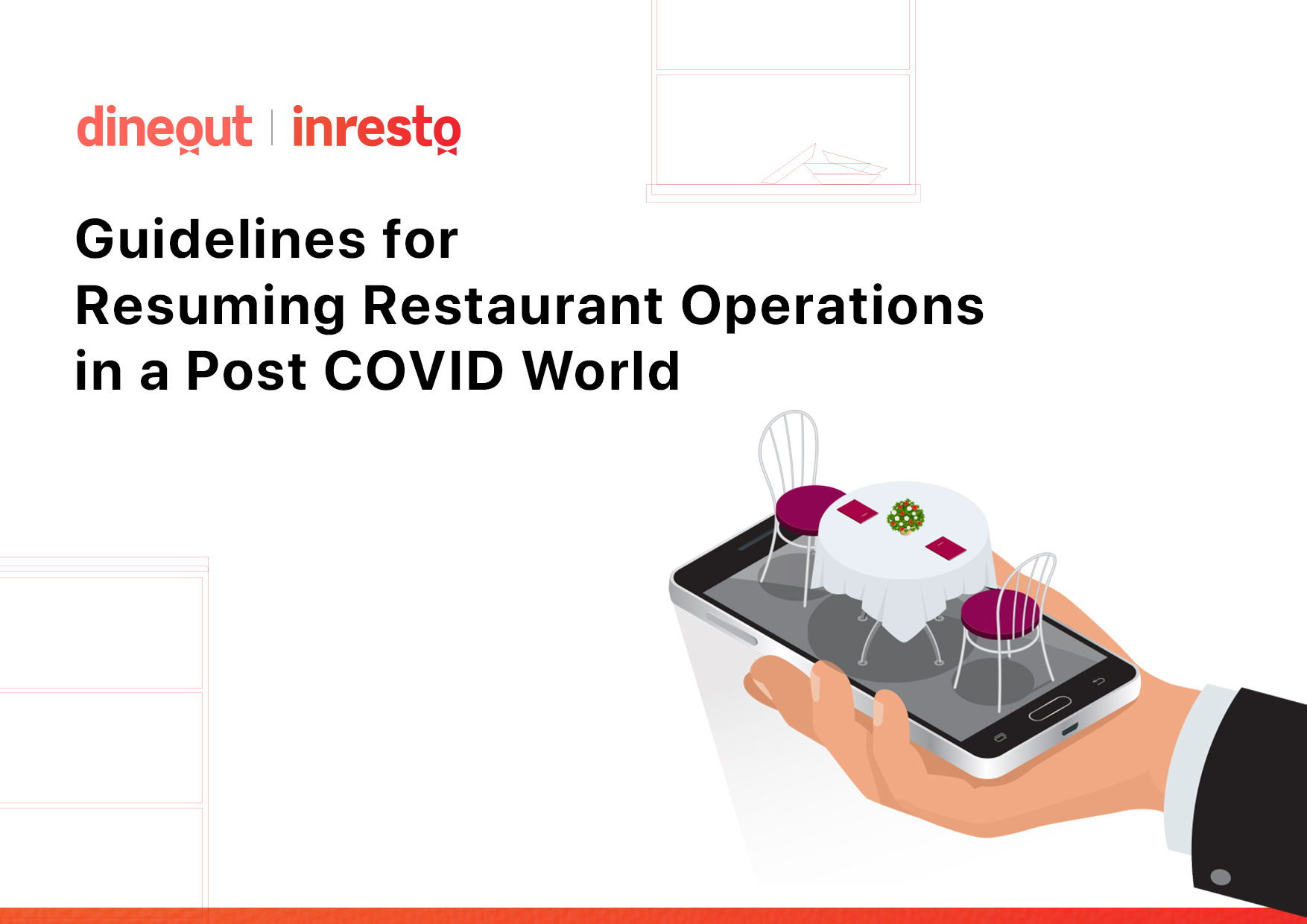

.jpg)
.jpg)
.jpg)
.jpg)
.jpg)
.jpg)
.jpg)
.jpg)
.jpg)
.jpg)
.jpg)
.jpg)









.jpg)
.jpg)
.jpg)
.jpg)
.jpg)
.jpg)
.jpg)
.jpg)
.jpg)
.jpg)
.jpg)








